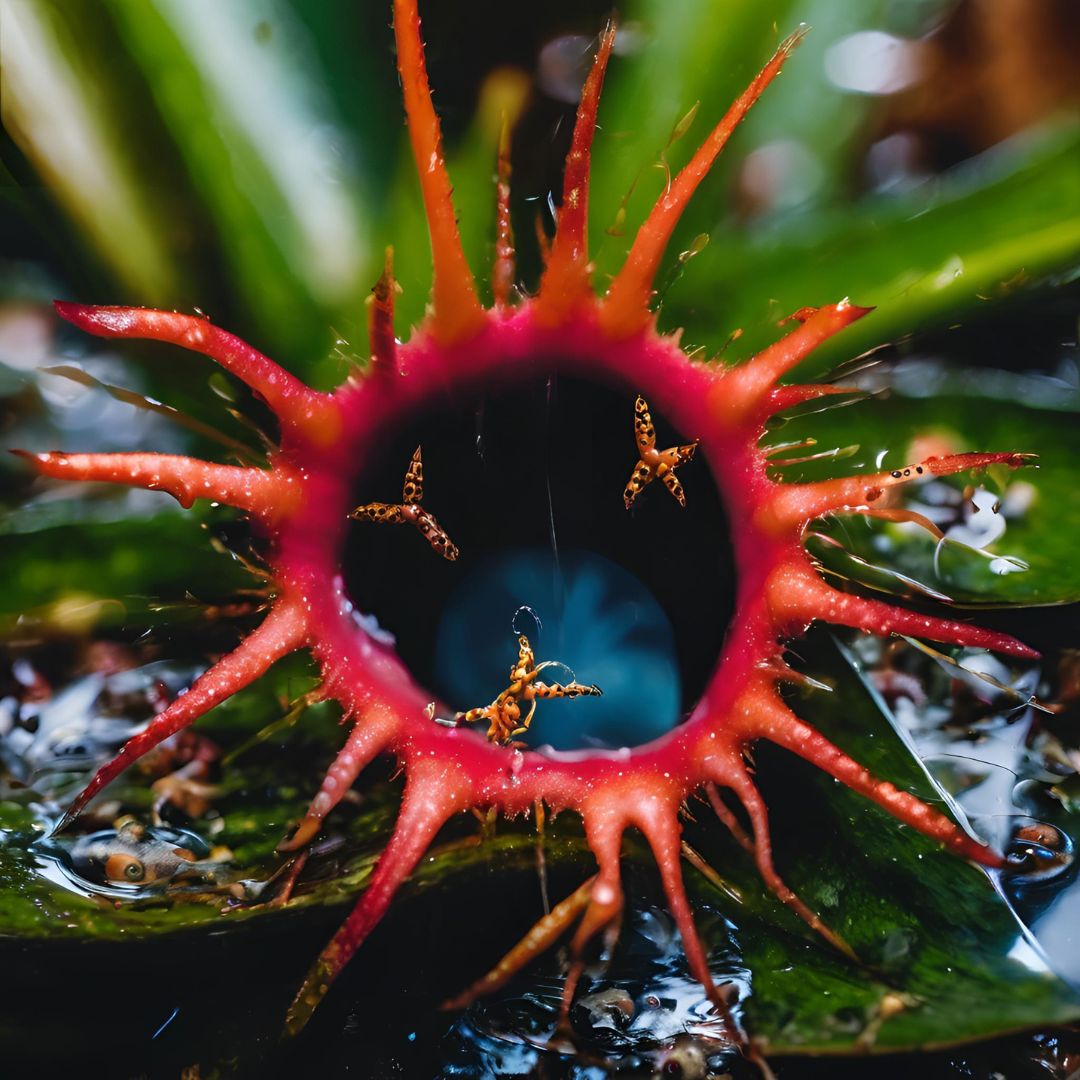Nature surrounds us in ways that often go unnoticed. From the tiniest organisms to the lush vegetation that covers our streets, nature is full of microscopic wonders that are just waiting to be explored. The best part is, you don’t need to go on an expedition to observe these fascinating environments. You can find them right in your backyard, on a walk down the street, or even on your own balcony. Armed with just a magnifying glass or a smartphone, anyone can start exploring the tiny ecosystems that thrive around us. Here’s a list of five natural microworlds you can discover wherever you are.
1. Tree Bark: The Hidden Habitat of Life
When you look at the trunk of a tree, you might see nothing more than a solid, rough surface. However, if you take a closer look, you’ll discover a hidden world of life. Tree bark serves as a habitat for various organisms, including lichens, moss, fungi, and even tiny insects like beetles and ants. These tiny creatures have adapted to live in the crevices and ridges of bark, creating their own little ecosystems.
Take a magnifying glass and observe the patterns of growth in the lichen or the microscopic life thriving on the bark. You may even spot ants or beetles traveling through their vertical habitat. If you’re in a forest or a park, you’ll be amazed at how much life exists on just one tree.
2. Bromeliads: Tiny Rainforests in a Plant
Bromeliads, which are tropical plants known for their colorful flowers, also serve as mini-ecosystems. These plants often accumulate water in their central cups or rosettes, creating small pools where tiny creatures can live. In these water-filled pockets, you can find a variety of life, from tadpoles to small insects like water striders, and even microscopic organisms like algae.
If you have a bromeliad at home or spot one in a park or garden, take a closer look at the water collected in the center of the plant. You may even find tiny aquatic ecosystems thriving within this little “rainforest.” It’s a perfect opportunity to observe how life can flourish in even the smallest of spaces.
3. Fallen Leaves: A Micro-Ecosystem of Decomposition
Fallen leaves are often seen as waste or debris in the environment, but they actually play a crucial role in sustaining various microhabitats. When leaves decay, they create nutrient-rich environments where fungi, bacteria, and decomposing insects thrive. In these small ecosystems, life forms break down organic material, recycling nutrients back into the soil.
On a walk through a park or your backyard, carefully lift a few leaves to see what lies beneath. You might find fungi growing, insects like ants and beetles feeding on decaying matter, or even tiny snails and worms making their home in the damp environment. A simple leaf is an entire world unto itself.
4. Wet Stones and Rocks: Hidden Life Beneath the Surface
Wet stones and rocks, whether along the edge of a stream or in a damp corner of your garden, can reveal entire hidden ecosystems. Moss and algae grow on wet surfaces, providing a home for tiny creatures like slugs, snails, and various types of bacteria. You might also spot beetles and other insects that are drawn to the moisture.
Flip over a rock or stone on a rainy day and examine the tiny organisms living there. The moisture from the rain creates a perfect environment for life to thrive, and if you look closely enough, you can witness how each creature contributes to the larger ecosystem.
5. Flower Petals and Stems: Tiny Pollinators and Insects
Flowers aren’t just beautiful—they also host complex, tiny ecosystems. The petals and stems of flowers provide resting places and food for small pollinators like bees, butterflies, and moths. However, flowers can also support smaller organisms, like aphids, ants, and tiny spiders, that feed off the plant’s nectar or prey on smaller insects.
Take a walk through your garden or a local park and examine the flowers in detail. Look closely at the stems, petals, and leaves. With a magnifying glass or smartphone, you might be able to spot tiny creatures that most people would miss, helping you better understand the intricate relationships within nature.
How to Start Your Own “Microworld Journal”
As you explore these fascinating microhabitats, why not document your findings? Start your own “Microworld Journal” where you can take pictures or make drawings of the tiny ecosystems you encounter. This not only helps you observe nature more closely but also provides a fun and educational activity for kids and adults alike.
In your journal, you can note things like the types of creatures you saw, the conditions of the environment, and any interesting patterns you noticed. By documenting these observations over time, you’ll begin to see how the microhabitats change and evolve with the seasons, providing a deeper understanding of the life around you.
Final Thoughts: Exploring the Small Wonders of Nature
While we often focus on the larger ecosystems like forests, oceans, and mountains, it’s important to remember that nature’s true beauty often lies in the small, invisible spaces. Micro-habitats are full of life and offer endless opportunities for discovery. Whether you’re exploring tree bark, fallen leaves, or the small pool in a bromeliad, you’ll find that nature is always at work, creating intricate and fascinating worlds in even the smallest of places.
So next time you’re out on a walk, don’t forget to stop and look closely. With a magnifying glass or even just your phone camera, you’ll discover that the world is full of tiny ecosystems just waiting to be explored.





